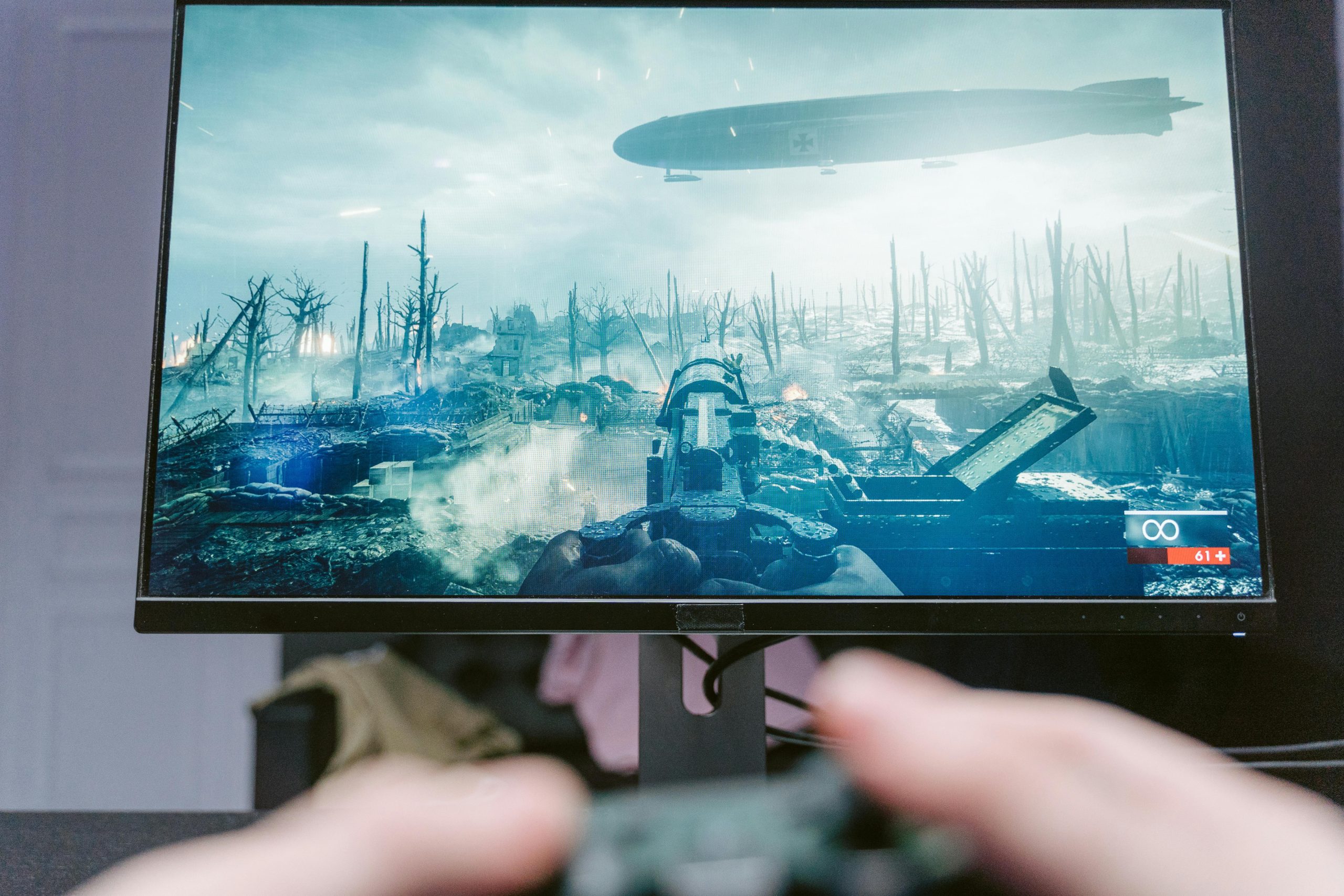Understanding and Resolving Major FPS Drops in Gaming on Your Victus Laptop
Gaming performance issues, such as significant FPS drops even when playing less demanding titles, can be frustrating and disruptive. If you’re experiencing sudden frame rate reductions—like dropping from 600-800 FPS down to zero for several seconds—it’s understandable to seek solutions. Let’s explore potential causes and effective strategies to enhance your gaming experience on your Victus laptop equipped with a GeForce RTX 3050, 8GB of RAM, and an Intel i5 processor.
Common Causes of FPS Drops
-
Insufficient RAM Resources
While 8GB of RAM is generally adequate for many games, some titles or background processes might strain the available memory, leading to performance hiccups. Running memory-intensive applications or multiple programs simultaneously can also impact gaming stability. -
Background Processes and System Resources
Unnecessary background tasks, updates, or malware can consume CPU, memory, and disk resources, affecting game performance. Monitoring these processes can reveal potential bottlenecks. -
Graphics Driver Issues
Outdated or corrupted graphics drivers are a common culprit behind FPS instability. Ensuring your GPU drivers are current can resolve compatibility and performance issues. -
Thermal Throttling
Overheating components, particularly the GPU or CPU, can cause automatic downclocking to prevent damage, resulting in FPS drops. Regularly checking temperatures and maintaining proper airflow is essential. -
Software Conflicts and Optimization Settings
Certain overlays, screen recording tools, or optimization software may interfere with game performance. Additionally, incorrect in-game graphics settings can lead to instability.
Strategies to Improve Gaming Stability
-
Update Your Drivers
Visit NVIDIA’s official website and install the latest GeForce drivers compatible with your RTX 3050. Updated drivers ensure compatibility and optimized performance. -
Monitor System Resources
Use tools like Task Manager or specialized software such as MSI Afterburner to observe CPU, GPU, and RAM utilization during gaming sessions. Identify and close unnecessary background applications. -
Optimize In-Game Settings
Lowering graphics quality, disabling V-Sync, and adjusting render distances can help maintain more consistent frame rates, especially in games like Minecraft. -
Check and Improve Cooling
Ensure your laptop’s vents are unobstructed, and consider using a cooling pad to maintain optimal operating temperatures, preventing thermal throttling. -
Increase System Memory
If performance issues persist and your system often
Share this content:



